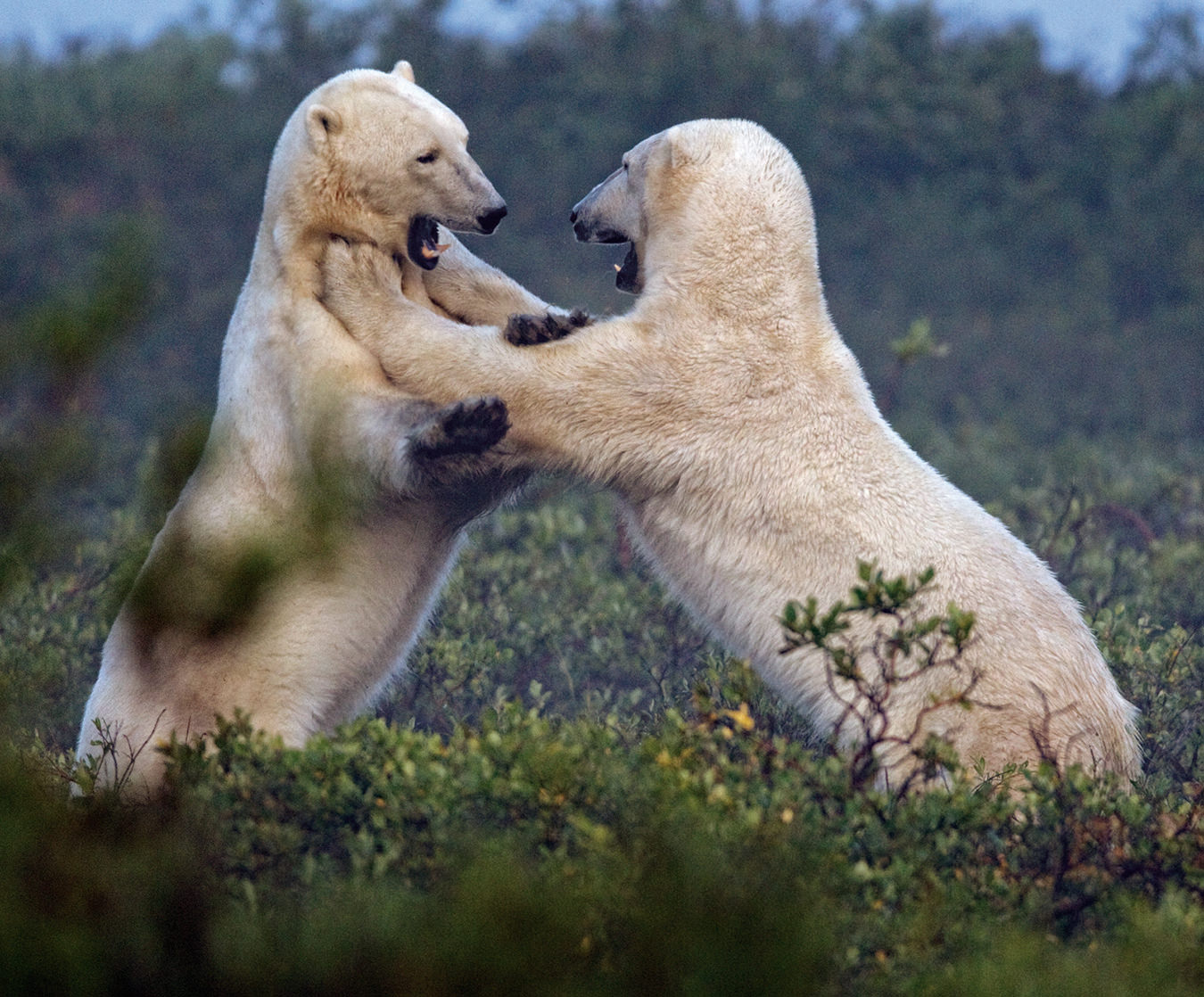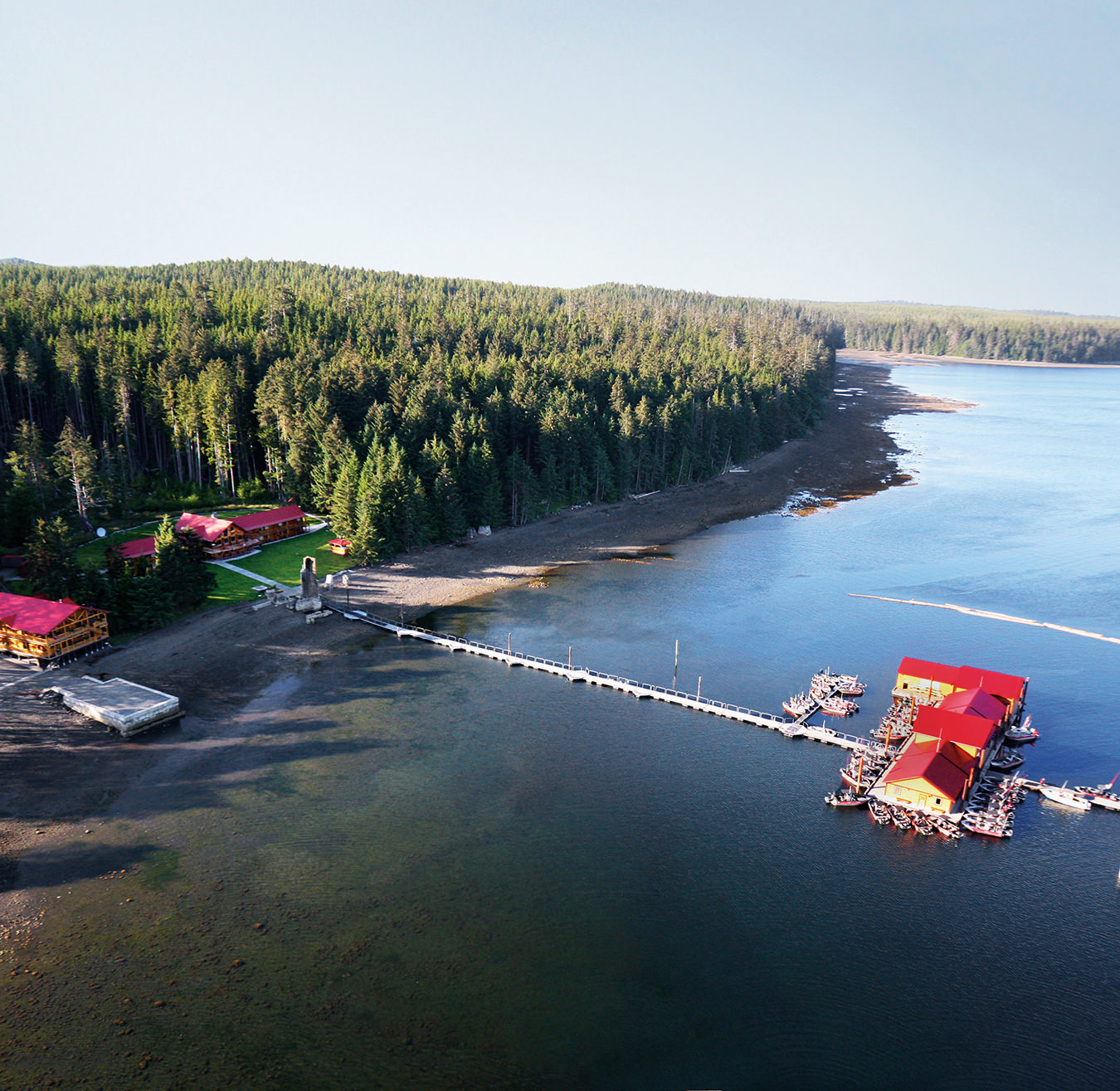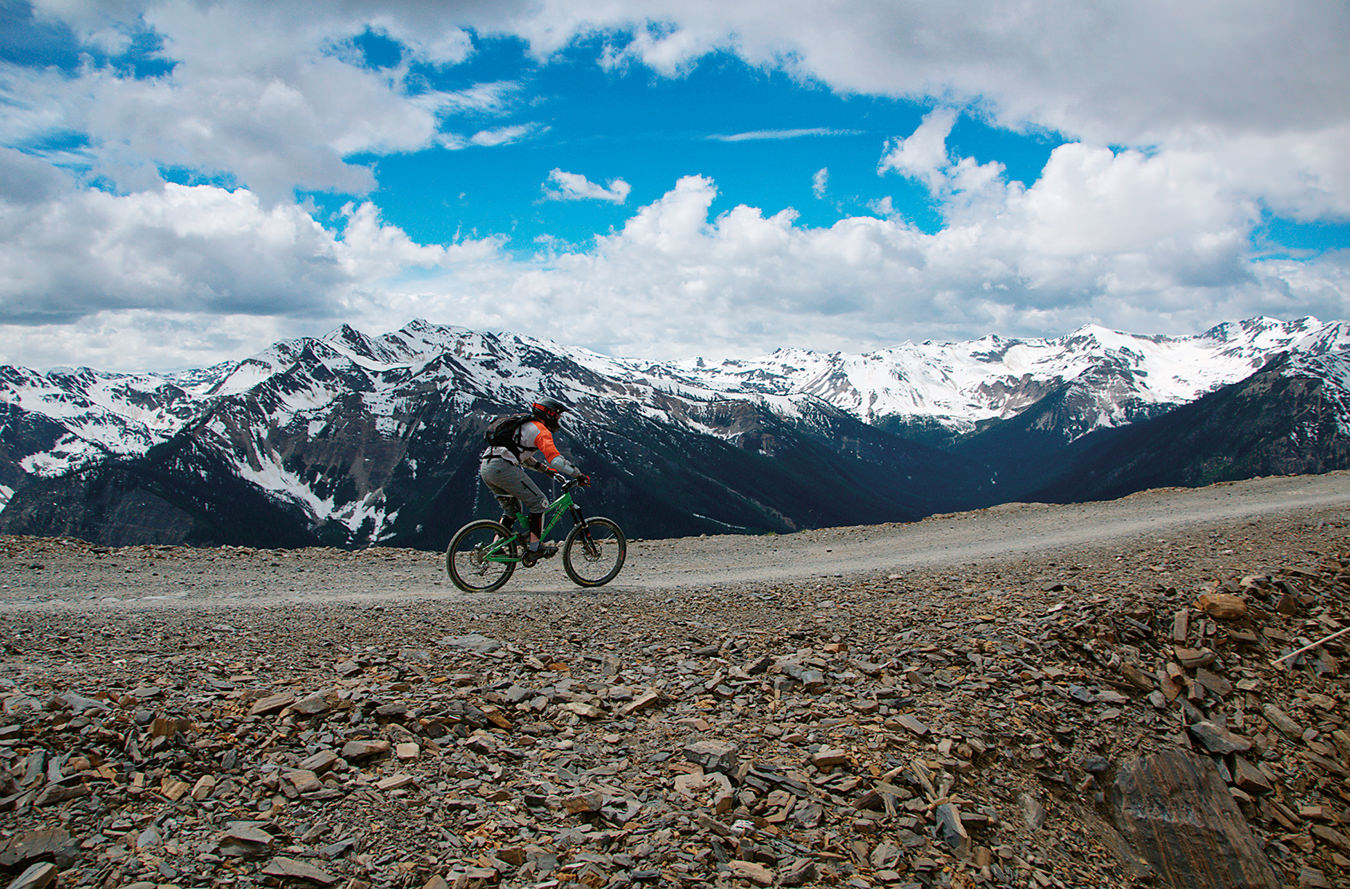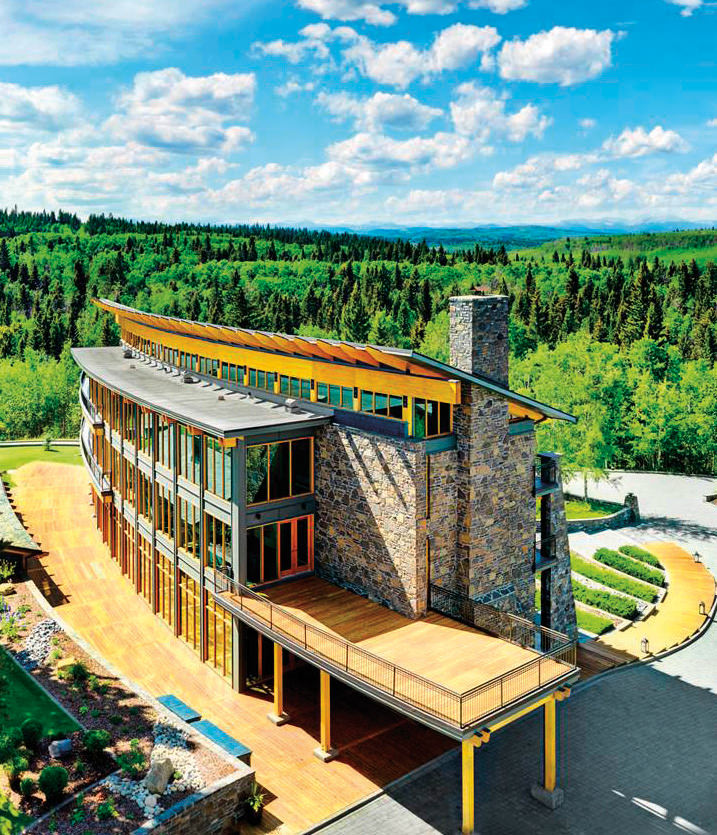The Festival of Christmas Arrives at the Historic Jasper Park Lodge
Discovery history.
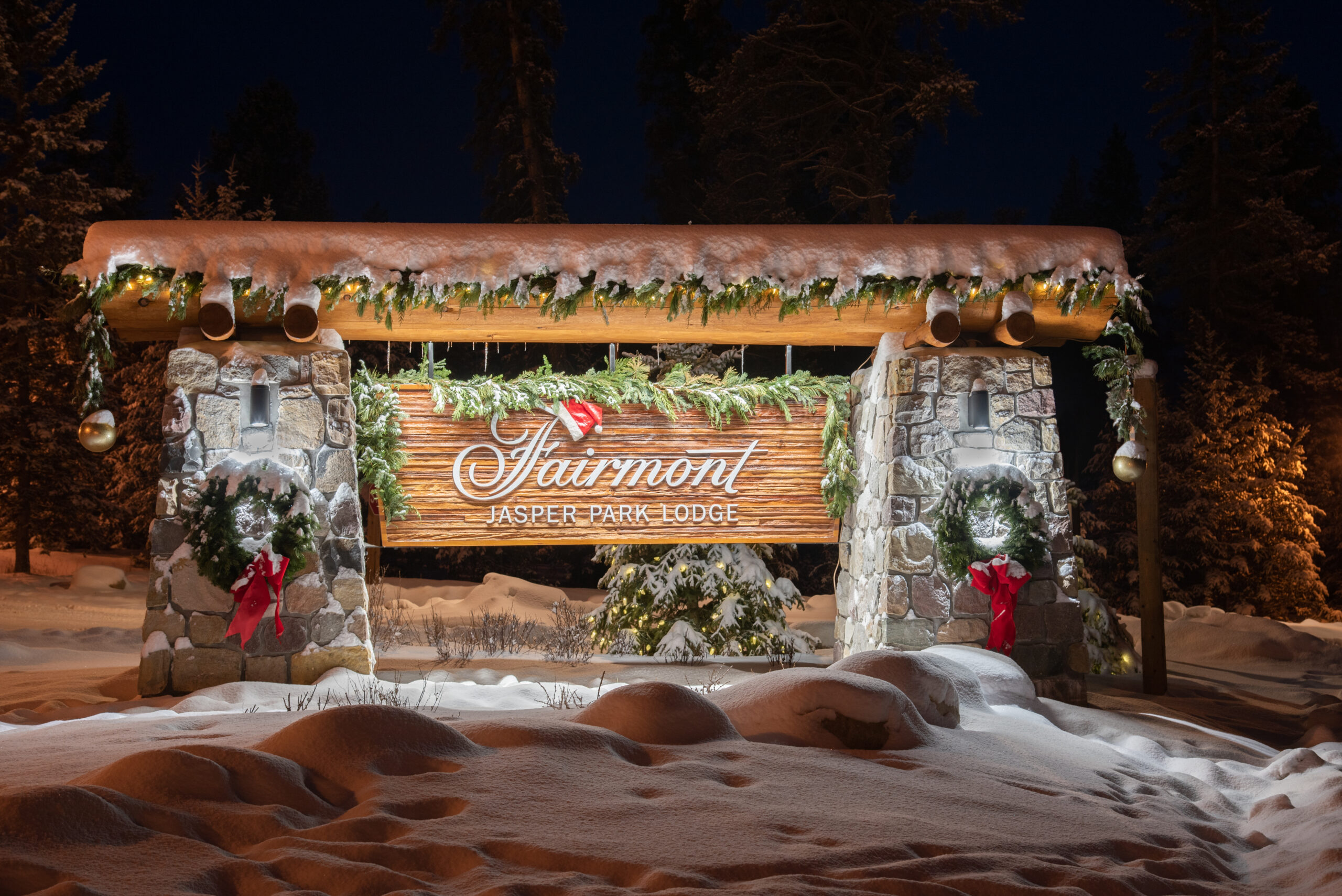
At the turn of the last century, the Government of Canada dreamed of a second railway line to complement the country’s existing transcontinental line sitting closer to the 49th parallel. Plans were drawn up, construction began in 1906, and by 1911, the new Grand Trunk Pacific Railway connected Jasper, Alberta, to the border between Alberta and British Columbia via the Yellowhead Pass.
But in the untamed wilds of western Canada, accommodation along the route was scant. More than 200 kilometres south of Jasper, the Banff Springs Hotel served as a shining example of what Canada’s railway hotels could be. In Jasper, however, Edmontonian Robert Kenneth and early pioneer outfitters Fred and Jack Brewster had other plans. They set about building 10 large sleeping tents with wood walls and floors plus a cooking tent that fronted nearby glacier-fed Lac Beauvert . Its humble offerings were an instant hit with tourists who took the train into the Athabasca River Valley to commune with unsullied nature. Yet the canvas structures were short lived. By 1921, a newly nationalized and renamed Canadian National Railway bought the bustling “tent city” and hatched plans to build a proper hotel on the idyllic 700-acre site—one that would rival the Canadian Pacific hotel to the south.

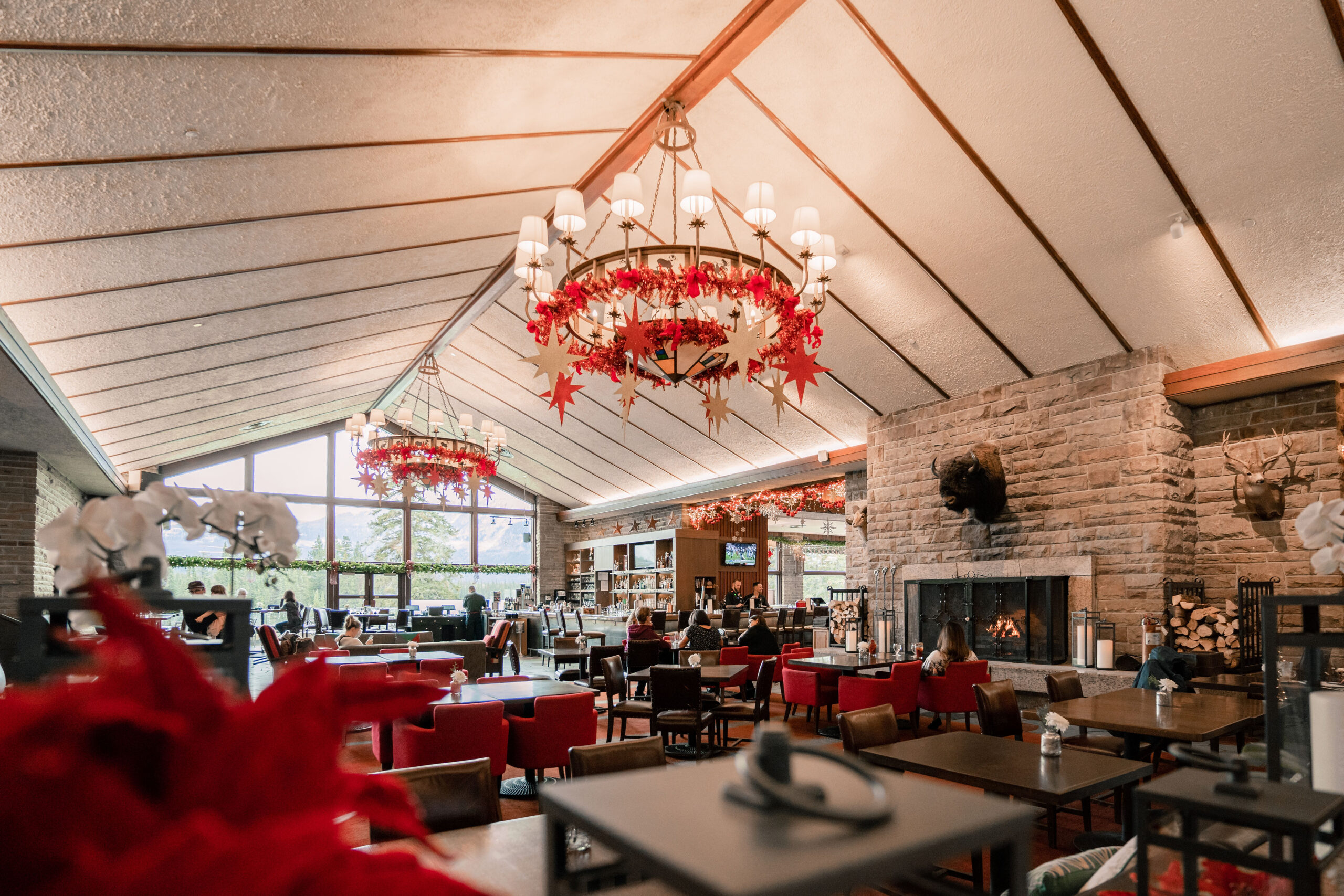
In 1922, the Jasper Park Lodge—a lone, log-hewn bungalow by architect John Schofield—managed to retain the uncomplicated charm of its predecessor while laying the foundation for a broader vision. Schofield envisioned a resort that would blend in with the craggy mountains and icy blue lakes, dotting the grounds with a rustic log-and-stone outposts.
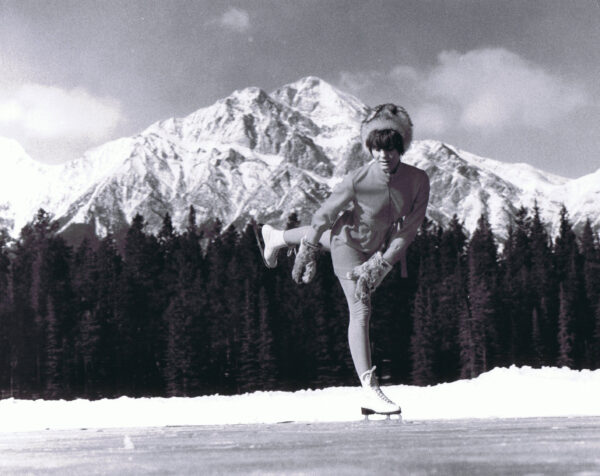

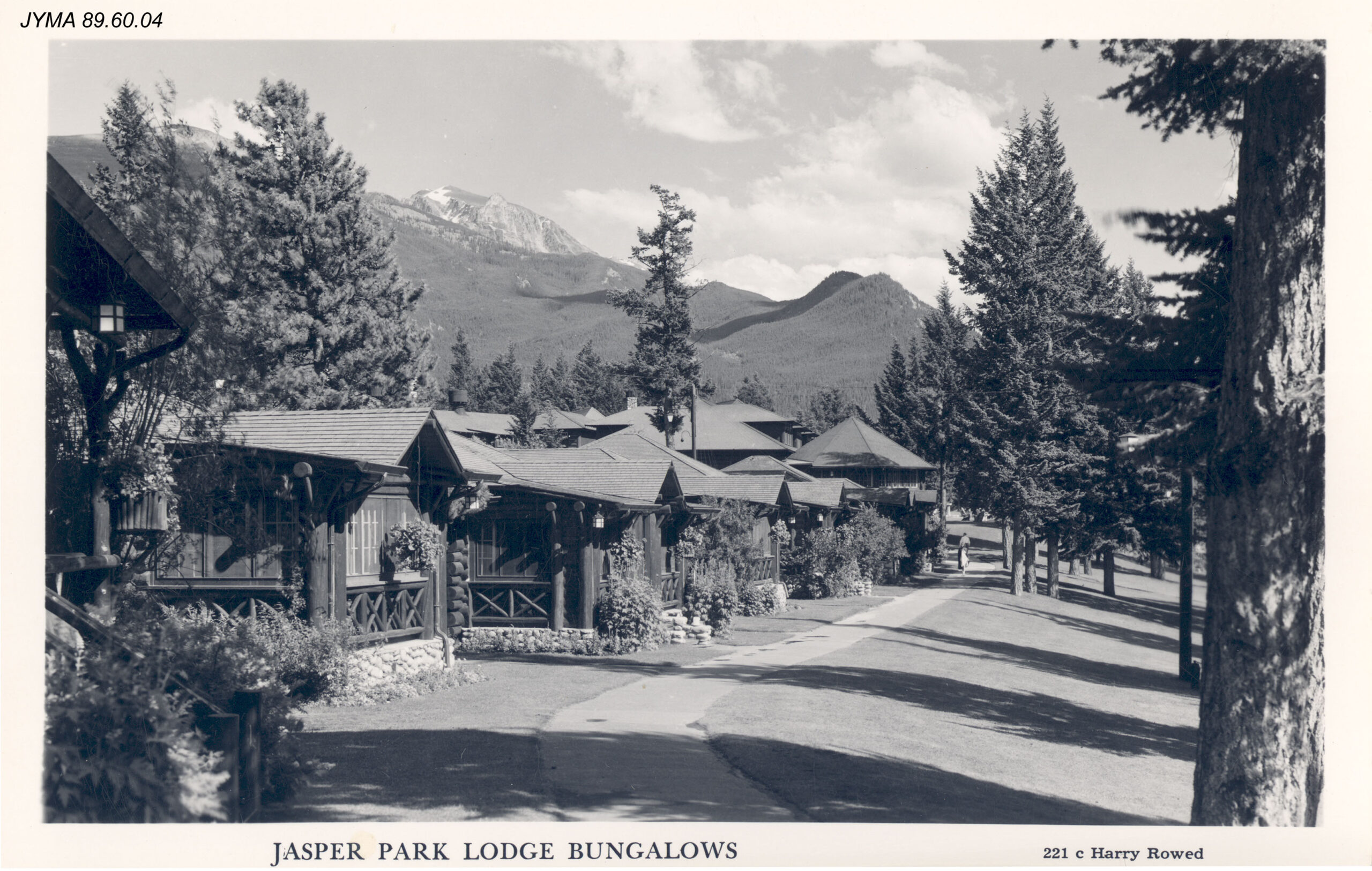
By 1927, 50 log cabins accommodated 425 guests, and the design of the new Central Lodge on a fieldstone foundation was the largest log building in the world. When a fire destroyed the structure in 1952, the construction of its replacement began almost immediately, this time including elements of midcentury design. Throughout, vast hand-cut slate floors in minty-green and grey hues recall the surrounding lakes and mountains but are laid in a a jagged, colourful mosaic pattern that appears random but takes precise craftsmanship to achieve.
The low slung, low-key destination was popular with celebrities both before and after the fire. It gained worldwide fame when King George VI paid a visit during his 1939 royal tour of Canada, and after filming The Emperor Waltz at the hotel in 1946, Bing Crosby became a lifelong fan, returning numerous times to play in the lodge’s annual golf tournaments on its Stanley Thompson–designed course. And in 1953, the illustrious hotel hosted Marilyn Monroe and Robert Mitchum when they were filming River of No Return—Monroe was eventually asked to leave the dining room because of her revealing dinner attire.


Despite its glitzy guest register, the Jasper Park Lodge maintains a steadfast commitment to its laid-back tent-camp roots. While the architecturally imposing Banff Springs Hotel and Chateau Lake Louise to the south have always announced Banff as a jet-set destination, Jasper National Park—now a UNESCO World Heritage Site—continues to beckon a different crowd with its wild surroundings. The venerable Fairmont Jasper Park Lodge, the low-key jewel in the national crown, offers insider access to some of Canada’s most pristine nature.
This month, the Festival of Christmas overtakes the hotel, with a two-storey tree, a gingerbread village, a stocking workshop, and Santa himself setting up shop for visitors to drop in. Outdoors, Lake Mildred serves as hockey rink and one-kilometre skating loop (with a hot-chocolate stop), and snowshoes, toboggans, and cross-country skis are also available. It’s probably not that different from what guests were doing 100 years ago—unless, of course, you trek to the Fairmont Spa for a eucalyptus steam to warm the soul.

